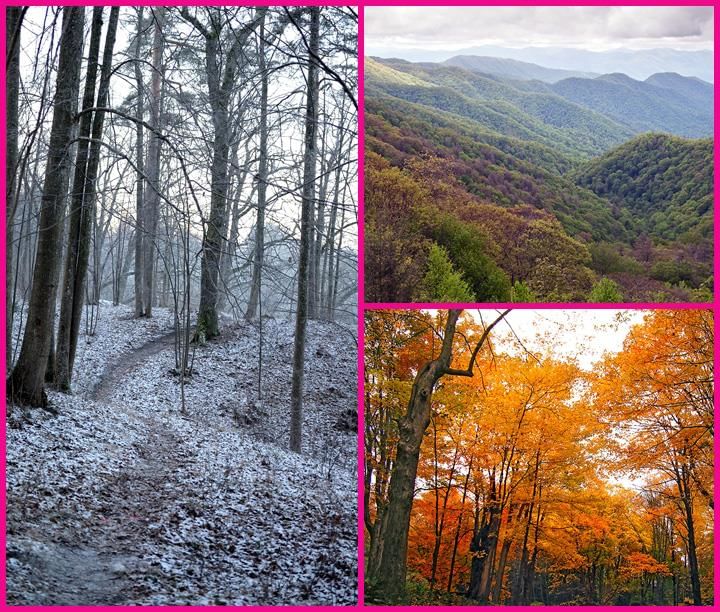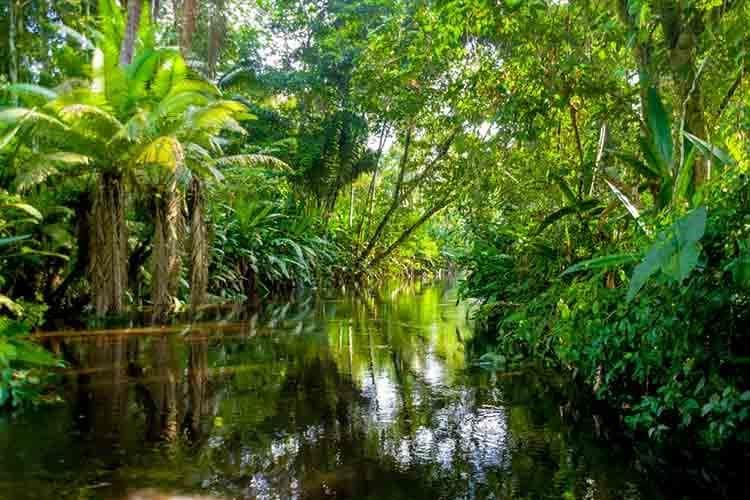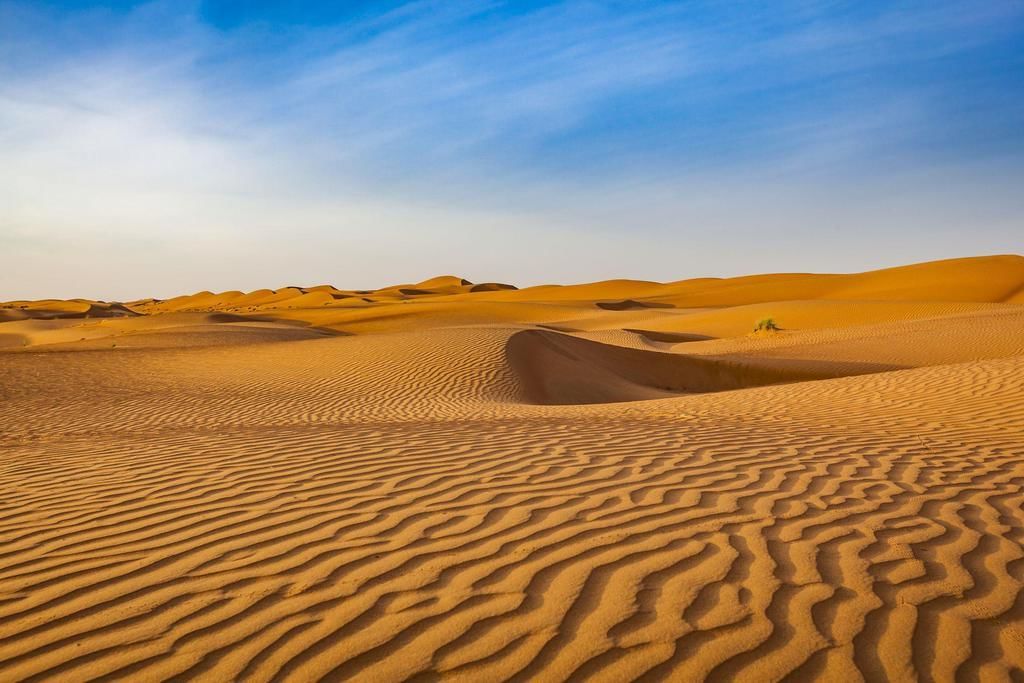Shankar IAS Summary: Ecology | Famous Books for UPSC Exam (Summary & Tests) PDF Download
Introduction
- Ecology is defined as a scientific study of the relationship of the living organisms with each other and with their environment.

- It deals with the ways in which organisms are moulded by their environment, how they make use of environmental resources including energy flow and mineral cycling.
History of Ecology
- The classical texts of the Vedic period such as the Vedas, the Samhitas, the Brahmanas the Aranyakas - Upanishads contain many references to ecological concepts.
- The Indian treatise on medicine, the Caraka - Samhita and the surgical text Susruta - Samhita.
- Contain classification of animals on the basis of habit and habitat, land in terms of nature of the soil, climate and vegetation and description of plants typical to various localities.
- Caraka- Samhita contains information where air, land, water and seasons were indispensable for life and that polluted air and water were injurious for health.
Components of Environment
- Abiotic - Energy, Radiation, Temperature, Water, etc.
- Biotic - Plants, Animals, Man, Decomposer, etc.

Levels of Organisations in Ecology

The main levels of organisation of ecology are six and are as follows:
1. Individual
- Individual-Organism is an individual living being that has the ability to act or function independently.
2. Population
- Population-Population is a group of organisms usually of the same species, occupying a defined area during a specific time.
3. Community
- Communities in most instances are named after the dominant plant form (species). A community is not fixed or rigid; communities may be large or small.
➢
Types of Community
On the basis of size and degree of relative independence, communities may be divided into two types.
- Major Community: These are large-sized, well organized and relatively independent. They depend only on the sun's energy from outside and are independent of the inputs and outputs from adjacent Communities.
Example: Tropical evergreen forest in the North-East. - Minor Communities: These are dependent on neighbouring communities and are often called societies. They are secondary aggregations within a major community and are not therefore completely independent units as far as energy and nutrient dynamics are concerned.
Example: A mat of lichen on a cow dung pad.
4. Eco-System
- An ecosystem is defined as a structural and functional unit of biosphere consisting of community of living beings and the physical environment, both interacting and exchanging materials between them.
 An Ecosystem
An Ecosystem - It includes plants, trees, animals, fish, birds, micro-organisms, water, soil, and people. When an ecosystem is healthy (i.e. sustainable) it means that all the elements live in balance and are capable of reproducing themselves.
➢
Components of Ecosystem
- The components of the ecosystem is categorised into abiotic of nonliving and biotic of living components. Both the components of ecosystem and environment are same.
(a) Abiotic Components: The inorganic and non-living parts of the world. Consists of soil, water, air, and light energy etc. Involves a large number of chemicals like oxygen, nitrogen, etc. and physical processes including volcanoes, earthquakes, floods, forest fires, climates, and weather conditions.
Abiotic factors are the most important determinants of where and how well an organism exists in its environment. Although these factors Interact with each other, one single factor can-limit the range of an organism.
- Energy - Energy from the sun is essential for the maintenance of life. Energy determines the distribution of organisms in the environment.
- Rainfall
- Temperature - Temperature is a critical factor of the environment which greatly influences survival of organisms, Organisms can tolerate only a certain range of temperature and humidity.
- Atmosphere - It is made up of 21% oxygen, 78% nitrogen, 0.038% carbon dioxide and Other inert gases (0.93% Argon, Neon etc).
- Substratum - Land is covered by soil and a wide variety of microbes, protozoa, fungi and small animals invertebrates) thrive in it.
- Materials
(i) Organic compound - Such as proteins, carbohydrates, lipids, humic substances are formed from inorganic compound on decomposition.
(ii) Inorganic compound - Such as carbon, carbon dioxide, water, sulphur, nitrates, phosphates, and ions of various metals are essential for organisms to survive. - Latitude and altitude - Latitude has a strong influence on an area's temperature, resulting in change of climates such as polar, tropical, and temperate. These climates determine different natural biomes. From sea level to highest peaks, wildlife is influenced by altitude. As the altitude increases, the air becomes colder and drier, affecting wildlife accordingly. (wildlife decrease as altitude increase).
(b) Biotic Components: Biotic components include living organisms comprising plants, animals and microbes and are classified according to their functional attributes into producers and consumers.
- Primary producers
Autotrophs (self-nourishing), primary producers are basically green plants (and certain bacteria and algae). They synthesise carbohydrate from simple inorganic raw materials like carbon dioxide and water in the presence of sunlight by the process of photosynthesis for themselves, and supply indirectly to other non-producers. In terrestrial ecosystem, producers are basically herbaceous and woody plants, while in aquatic ecosystem producers are various species of microscopic algae. - Consumers
Heterotrophs or phagotrophs (other nourishing) consumers are incapable of producing their own food (photosynthesis). They depend on organic food derived from plants, animals or both. Consumers can be divided into two broad groups.
(i) Macro consumers - They feed on plants or animals or both and are categorised on the basis of their food sources.
» Herbivores are primary consumers which feed mainly on plants. Example: cow, rabbit.
» Secondary consumers feed on primary consumers. Example: wolves.
» Carnivores which feed on secondary consumers are called tertiary consumers. Example: lions which can eat wolves.
» Omnivores are organisms which consume both plants and animals. Example: man.
(ii) Micro consumers - Saprotrophs (decomposers or osmotrophs)
They are bacteria and fungi which obtain energy and nutrients by decomposing dead organic substances (detritus) of plant and animal origin. The products of decomposition such as inorganic nutrients which are released in the ecosystem are reused by producers and thus recycled. Earthworm and certain soil organisms (such as nematodes, and arthropods) are detritus feeders and help in the decomposition of organic matter and are called detritivores.
Classification of Eco-system
➢ Natural Ecosystem
- Terrestrial- Forests, Grasslands, Deserts
- Aquatic- Fresh Waters, Saline Waters, Marine Waters.

➢
Ecotone- A zone of junction between two or more diverse ecosystems.
Example: The mangrove forests represent an ecotone between marine and terrestrial ecosystem.
Characteristics of Ecotone
- It may be very narrow or quite wide. It has the conditions intermediate to the adjacent ecosystems. Hence it is a zone of tension.
- It is linear as it shows progressive increase in species composition of one in coming community and a simultaneous decrease in species of the other out going adjoining community.
- Well-developed ecotones contain some organisms which are entirely different from that of the adjoining communities.
- Sometimes the number of species and the population density of some of the species is much greater in this zone than either community. This is called edge effect.
Example: The density of birds is greater in the mixed habitat of the ecotone between the forest and the desert.
➢
Niche- A description of all the biological, physical and chemical factors that a species needs to survive, stay healthy and reproduce.
- No two species have exact identical niches. Niche plays an important role in the conservation of organisms.
Types of Niche:
- Habitat niche where it lives.
- Food niche - What it eats or decomposes & what species it competes with
- Reproductive niche - How and when it reproduces.
- Physical & chemical niche - Temperature, land shape, land slope, humidity & other requirements.
5. Biome
- The terrestrial part of the biosphere is divisible into enormous regions called biomes, which are characterized, by climate, vegetation, animal life and general soil type.
- No two biomes are alike. The most important climatic factors are temperature and precipitation.
(a) Tundra
- Northernmost region adjoining the ice-bound poles. Devoid of trees except stunted shrubs in the southern part of tundra biome, ground flora includes lichen, mosses and sedges.
- The typical animals are reindeer, arctic fox, polar bear, snowy owl, lemming, arctic hare, and ptarmigan. Reptiles and amphibians are almost absent.
- Taiga - Northern Europe, Asia and North America. Moderate temperature than the tundra. Also known as boreal forest.
- The dominating vegetation is coniferous evergreen mostly spruce, with some pine and firs.
- The fauna consists of small seed-eating birds, hawks, fur-bearing carnivores, little mink, elks, puma, Siberian tiger, wolverine, wolves etc.
(b) Temperate Deciduous Forest - Extends over Central and Southern Europe, Eastern North America, Western China, Japan, New Zealand etc.  Temperate Deciduous Forest
Temperate Deciduous Forest
- Moderate average temperature and abundant rainfall. These are generally the most productive agricultural areas of the earth.
- The flora includes trees like beech, oak, maple and cherry. Most animals are the familiar vertebrates and invertebrates.
(c) Tropical rain forest - Tropical areas in the equatorial regions, which is a bound with life. Temperature and rainfall high. Tropical rainforest covers about 7% of the earth's surface & 40% of the world’s plant and animal species.  Tropical rain forest
Tropical rain forest
- Multiple stories of broad-leafed evergreen tree species are in abundance.
- Most animals and epiphytic plants (An epiphyte is a plant that grows harmlessly upon another plant) are concentrated in the canopy or treetop zones.
(d) Savannah - Tropical region: Savannah is most extensive in Africa Grasses with scattered trees and fire-resisting thorny shrubs. The fauna includes a great diversity of grazers and browsers such as antelopes, buffaloes, zebras, elephants and rhinoceros; the carnivores include lion, cheetah, hyena and mongoose, and many rodents.
(e) Grassland - North America, Ukraine, etc. Dominated by grasses.  Grassland
Grassland
- Temperate conditions with rather low rainfall.
- Grasses dominate the vegetation. The fauna include large herbivores like bison, antelope, cattle, rodents, prairie dog, wolves, and a rich and diverse array of ground-nesting birds.
(f) Desert - Continental interiors with very low and sporadic rainfall with low humidity.
 Desert
Desert
- The days are very hot but nights are cold.
- The flora is drought resistance vegetation such as cactus, euphorbias, sagebrush.
Fauna: Reptiles, Mammals and birds.
Aquatic Zones➢
- Aquatic systems are not called biomes, The major differences between the various aquatic zones are due to salinity, levels of dissolved nutrients; water temperature, depth of sunlight penetration.
- Fresh Water Ecosystem - Freshwater ecosystem are classified as lotic (moving water) or lentic (still or stagnant water).
- Marine Ecosystem
- Estuaries - Coastal bays, river mouths and tidal marshes form the estuaries
 Estuary(i) In estuaries, fresh water from rivers meet ocean water and the two are mixed by action of tides.
Estuary(i) In estuaries, fresh water from rivers meet ocean water and the two are mixed by action of tides.
(ii) Estuaries are highly productive as compared to the adjacent river or sea.
6. Biosphere
- A part of the earth where life can exist represents a highly integrated and interacting zone comprising of the atmosphere (air), hydrosphere (water) and lithosphere (land).

- Life in the biosphere is abundant between 200 metres (660 feet) below the surface of the Ocean and about 6,000 metres (20,000 feet) above sea level.
- Absent at extremes of the North and South poles. Living organisms are not uniformly distributed throughout the biosphere.
|
744 videos|1444 docs|633 tests
|
FAQs on Shankar IAS Summary: Ecology - Famous Books for UPSC Exam (Summary & Tests)
| 1. What are the components of the environment? |  |
| 2. What are the levels of organizations in ecology? |  |
| 3. What is the importance of studying ecology? |  |
| 4. What is the difference between biotic and abiotic components of the environment? |  |
| 5. How does the study of ecology relate to the UPSC exam? |  |

















